Bookish Talk #3 – Looking for Bargains on Book Markets
Is it wrong to buy a book at a low price when you know its real (high) value? How do the street book sales in Bucharest and Sofia look like? What's special about the book market in the Hague?
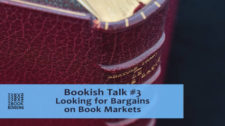
Is it wrong to buy a book at a low price when you know its real (high) value? How do the street book sales in Bucharest and Sofia look like? What's special about the book market in the Hague?
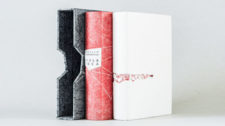
Time to discuss some of the inspiring bookbinding projects of November. As usual, the projects were chosen for the post are quite diverse, and include many things from fine and design binding to boxmaking. Some of them are quite accessible even for beginners.
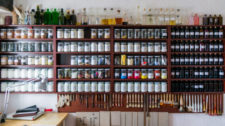
Welcome to Arta Cărții! Or, at least that's how the workshop of Mihai Vârtejaru looked like almost three years ago. I planned to share these photos for quite a long time, and when I revisited Mihai's studio, everything was moved.work
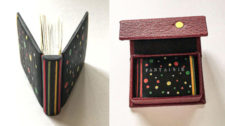
We continue our series of inspiring bookbinding projects with several new objects. All these books (not only books) are quite different, but the thing that unites them is that there is something special about every single one of them.
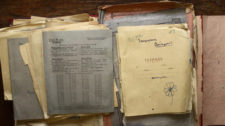
It is estimated that during the peak of the Great Purge in the USSR some 680,000 to 1,200,000 people were killed by NKVD. An average investigator in Moscow had some 30-40 political cases per month. And sometimes they were bored.
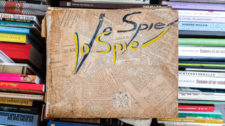
This album is a collection of newspaper cutouts with cartoons by the Dutch artist Jo Spier. From 1924 to 1939, he worked in the Dutch newspaper De Telegraaf and authored a plethora of illustrations about everyday life.
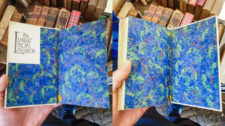
These are paste papers from an early 20th-century edition of the German translation of Le déserteur, an opéra comique by the French composer Pierre-Alexandre Monsigny. Book from the collection of Leon Laserson.

The drawing is inspired by a doodle found in a 19th-century book about Napoleon. I found that volume on a flea market in Amsterdam. Sometimes the most interesting finds do not need any major investment!
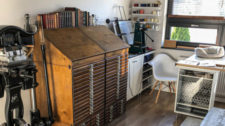
Everyone loves a good old workshop tour. It's always interesting to get a sneak peek of how your colleague organized things and how they do the work. So today, we have a chance to visit Introligatornia Tylkowski.
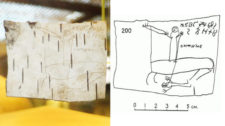
Part of an extensive collection of manuscripts, unearthed in the Russian city of Novgorod more than five years ago, these childish writings were produced by an old practice of writing on birch bark.
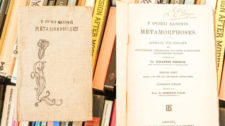
This cover decoration is just an ink drawing on a canvas material of the cover that wasn't even properly fixed on the cardboard. Add not-really-straight lettering, voila! Metamorphoses by Publius Ovidius Naso. German edition, from 1897.
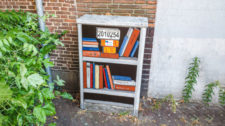
Just a street switch box at a bus stop near our home in Leiden. You can find it right here: https://goo.gl/maps/ZAuiJza36ap8UXMi7
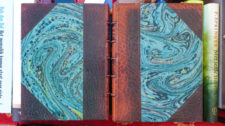
These two volumes were standing out among other tomes at the book market in the Hague. But what most impressed me wasn't visible while the volumes were tucked between other books. Just check the marbled paper!
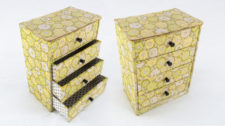
It is well known that bookbinders make boxes for books. And there are many types of them dedicated for different occasions. But cardboard boxes, in general, were a prominent part of a bookbinder's trade as well.
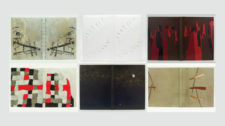
Winners of the second OPEN • SET competition were just announced by the American Academy of Bookbinding, as well as the participants of the moving exhibition that tour the US throughout the next year.
Sorry, the free version of ShopWP is no longer supported. Please upgrade to ShopWP Pro to continue using this plugin.